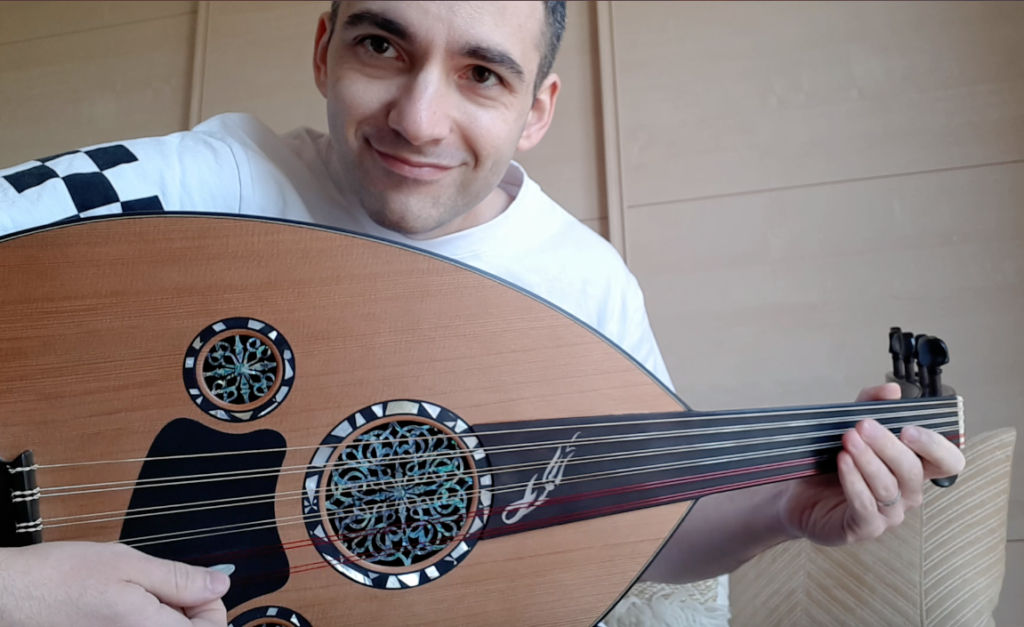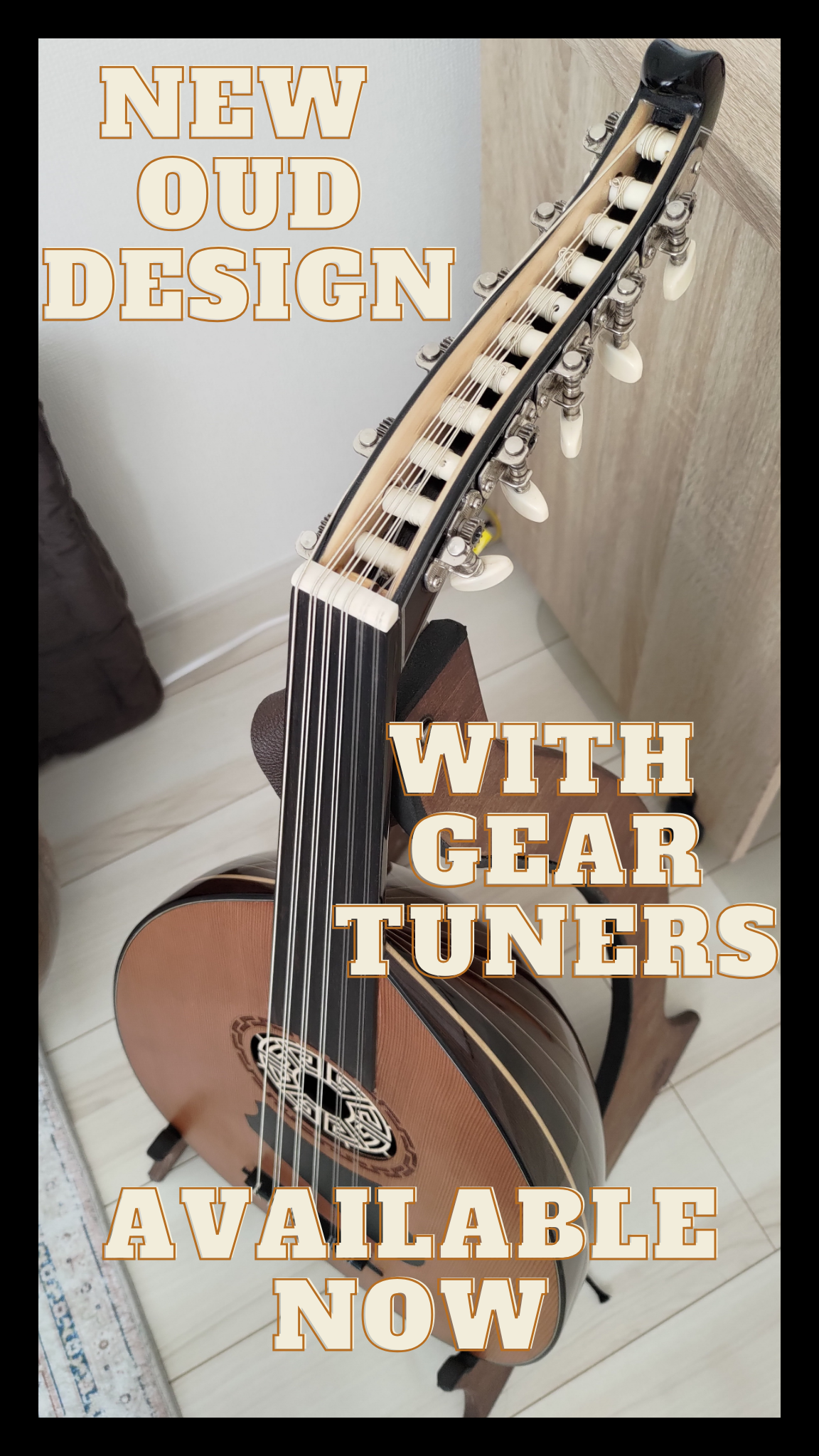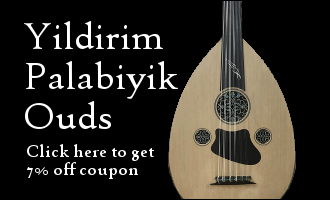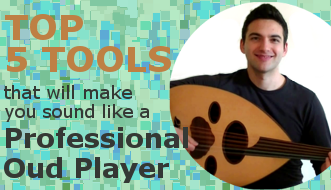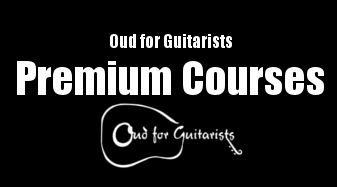Jins Rast is like a super-interchange on the highway of maqams.
I approach modal music in some ways the way a linguist would approach language.
In the same way, my personal theory of modal music is that there exists a proto-mode from which all modes originate.
I believe the proto-mode is Rast or the tetrachord Rast.
In response to a question, I wrote the following on MikeOuds Forums some time ago:
“Rast comes from old Persian and means “straight”, also “straightforward”, or “easy”.
So in other words, Rast is Rast.
I have a completely outlandish and unsubstantial theory that Rast was the original proto-mode from which all other modes derived. Yegah, dugah, segah, chahargah, panjgah, sashgah, haftgah. 1st position, 2nd position, 3rd position, 4th position, etc. These positions are associated with the degrees in the scale and could be modulated to, and after shifting the tonal center to that new position, you could create other modulations from that new position depending on the anatomy of the instrument and established convention and repertoire.
So I think Rast encompasses the intervallic structure that forms the basis of many maqamat and that is what makes it the proto-mode and a kind of super-interchange that connects you to other ajnas.”
Want to see Maqam Rast in action?
Want to read more? Check out this post first… and then this post.
Modal music, maqam music, whatever you want to call it… is a deep system of music that requires the right guidance to navigate. Once you get some of the basics, you’ll be able to see many patterns that emerge and it becomes a part of your musical vocabulary.
One of the ways in which you can learn more about modal and maqam music is by signing up for the OudforGuitarists newsletter. Next week you’ll learn more about modal music and maqams.

